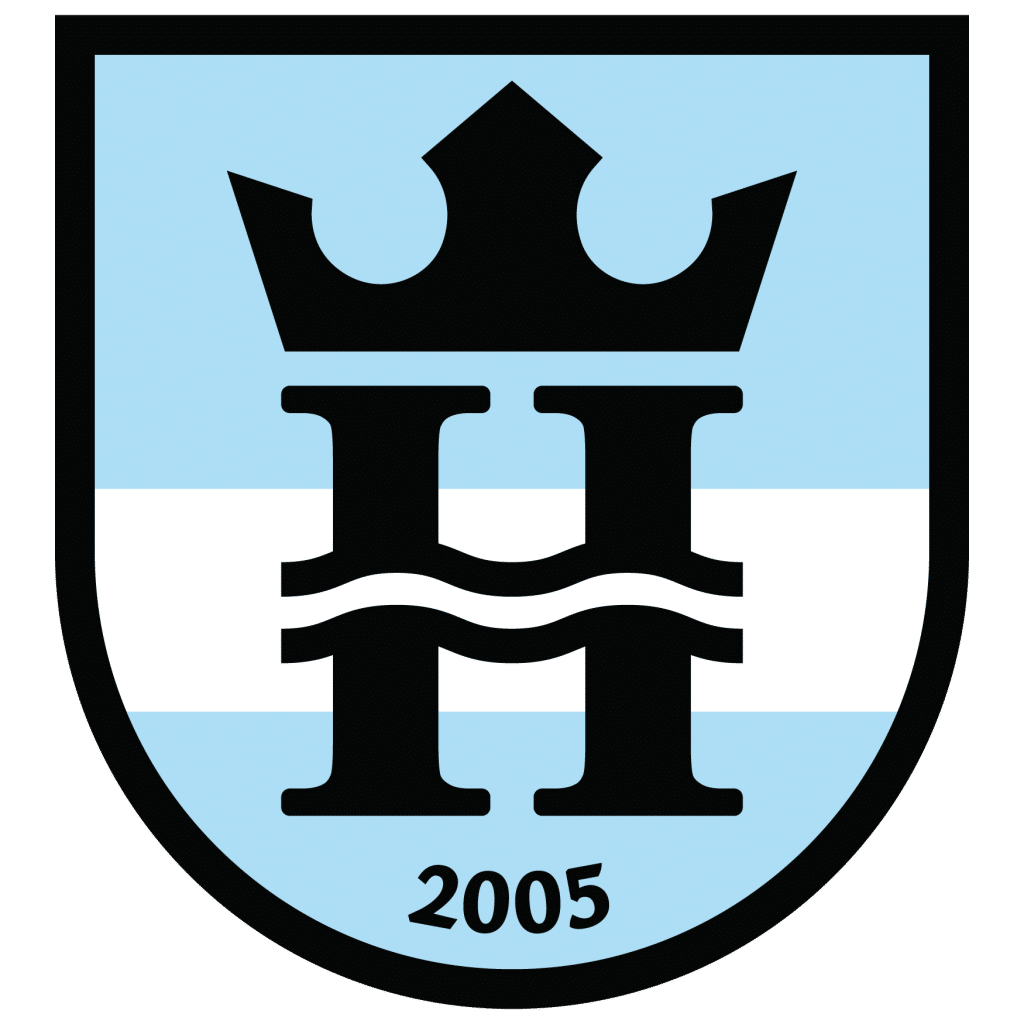The university… better known in the US as college, is a fundamental part of American culture.
College life in the US is a very different experience from university in Scandinavia. Especially if you are a Student Athlete! The most obvious differences are the entire educational structure, a multi-billion dollar college sports industry, a proud, close-knit community and a unique culture at each of the many colleges across the US.
Here we take you through some of the fundamentals that will make up your everyday life at a college in the US!
Where do I live when I am at college?
At College in the US, you will be allocated housing. In your first year, you will be on campus in the dormitories, which are very similar to a dormitory here in Scandinavia. As you progress through your school years, you will also have the opportunity to live in an apartment with friends and fellow students, away from campus. However, there will always be opportunities on campus!It should be noted that American colleges house anywhere from 10,000 to 80,000 students. Imagine how big these colleges must be – and the biggest ones feel like a small town in themselves! The smaller colleges may therefore also have a closer and more family-like atmosphere and sthe dryness of the college you choose may be something you need to consider.
Where do I eat when I am at College?
There will always be at least one eating area on campus, and often there will be several places to choose from. As a student, you’ll basically be on a ‘meal plan’ with a card you can scan to get your 3 meals a day – plus snacks of course!
Canteen facilities and dining options at the University of Waterloo!
How much time do I spend in the classroom?
Physical attendance is important in the American education system. You will have a set timetable that you will work out with an educational counselor who will guide you through it.
As a student-athlete, your coaches will emphasize the importance of attending classes and maintaining good grades. Most students will have between 2-4 modules per day, with additional time spent on homework and assignments during the day and evening.
The athletic and sporting side of college in the US
American college sports is a gigantic industry. Matches are shown on national TV and are closely followed by the general public. The athletes and the different teams are a focal point for the whole campus and many people and students gather to watch their teams play.
In the biggest American sports like basketball and American football, crowds can reach up to 100,000 people – many of them prospective or former college students who are fanatical about their college team. As a Student Athlete, you represent your college and compete with pride as your classmates and locals stand on the sidelines to support you.
Furthermore, colleges take great pride in the performance of their sports teams, which means that the academic administration will work with the athletic department to help you maximize your potential in both aspects.
Facilities at College in the US
Collegesport facilities are fantastic and rival the quality of many professional organizations and clubs around the world.
For example, there will be one or two gyms for ‘regular’ students on campus, while Student Athletes will often have access to their own fully equipped, professional-quality gym.
There is also training, support and assistance from strength coaches, physiotherapists, dietitians and counselors in addition to the full-time coaching staff assigned to your team. All these dedicated people are there solely to help your development and potential.
Check out our article ona typical day at college in the US!














